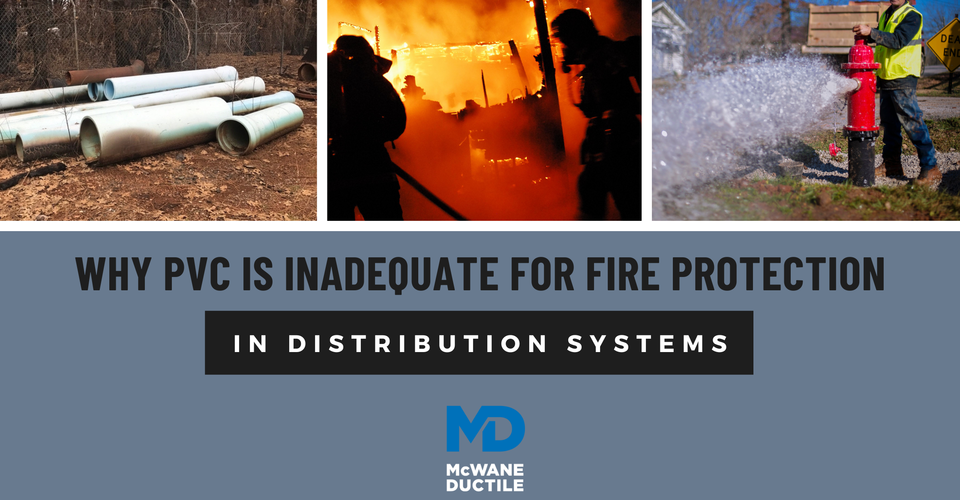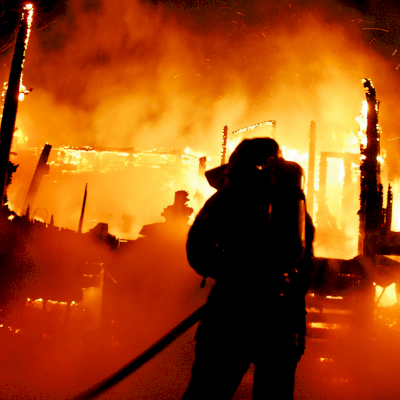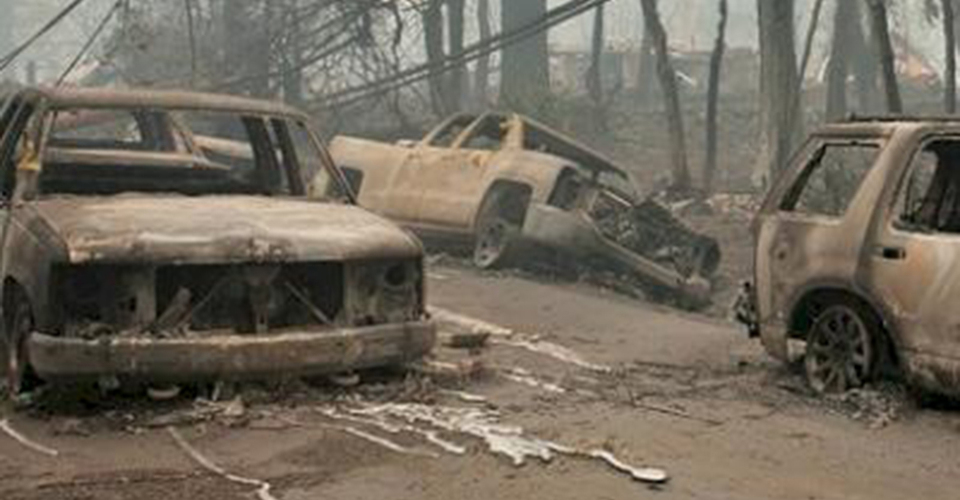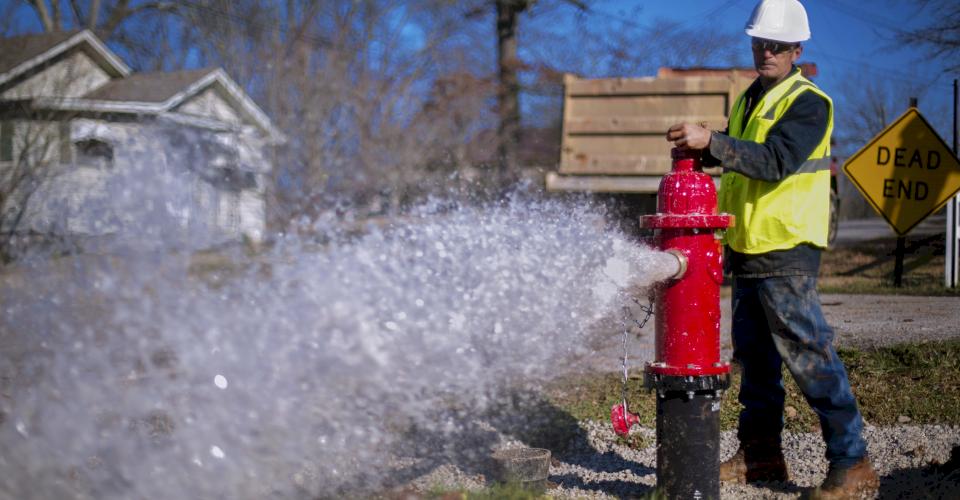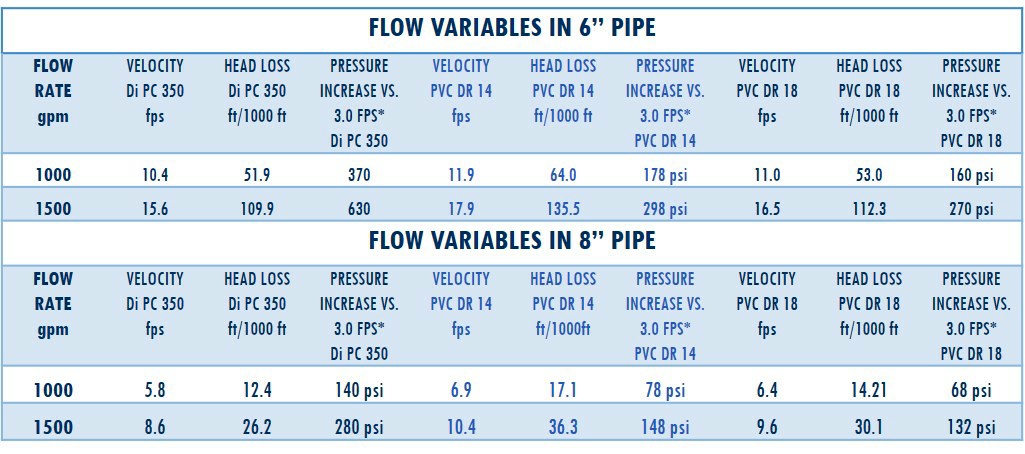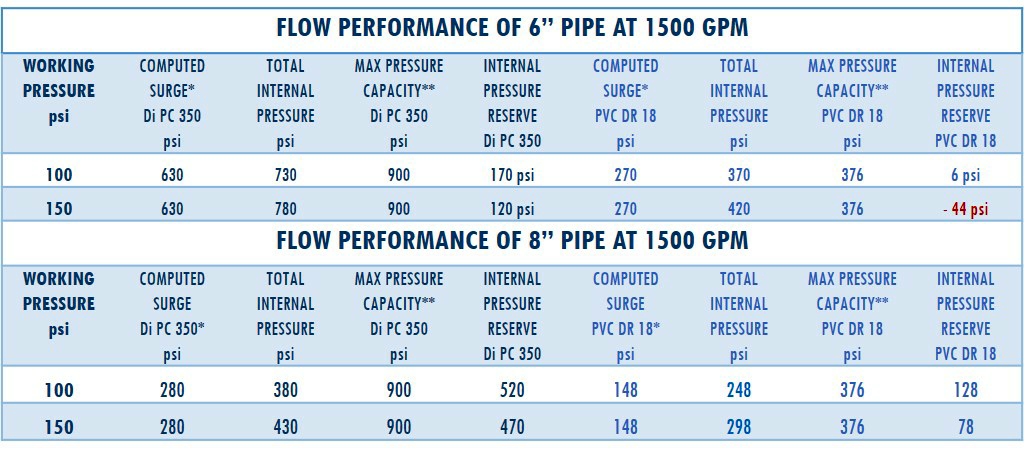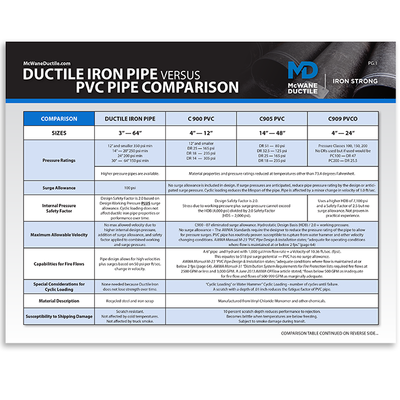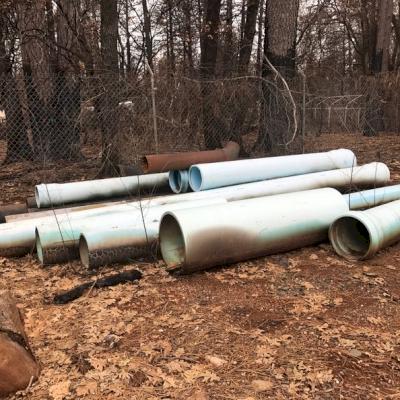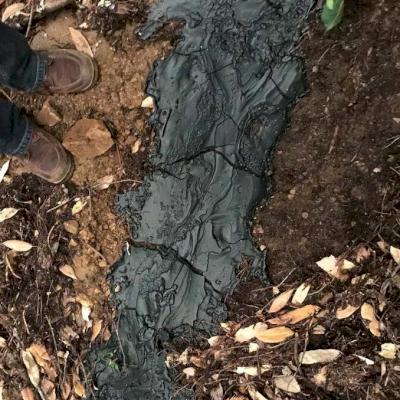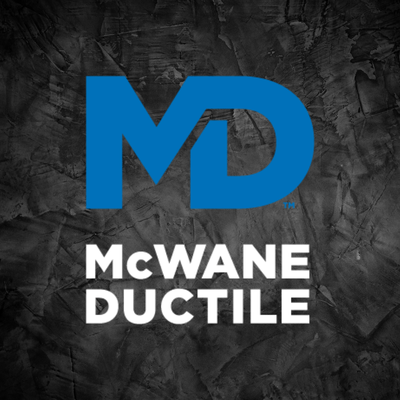Today, most water systems serve the public in two ways: by providing potable drinking water and enabling fire protection for the community. Fire protection provides more than just the obvious public safety benefits. It also enhances community property values and provides residents with lower home and property insurance rates.
This enhancement of property values and savings in insurance rates could pay for the cost of including fire protection in the design of water distribution systems if the benefits of protecting property and saving lives were not sufficient incentives alone.
However, reliable fire protection from a water system is often taken for granted until a fire occurs and the subsequent need arises. Any utility operator with such a tragedy in their system service area knows this all too well. Many lessons from the Great Chicago Fire years ago are still being learned, as evidenced by the July 2013 tragedy in Lac-Mégantic, Quebec, and the recent wildfires in the western United States.
Understanding Flow and Demand
Providing adequate fire protection requires a clear understanding of fire flow demands in a water system. AWWA assists utilities and designers with this task through AWWA Manual M-31, entitled "Distribution System Requirements for Protection." This manual helps designers identify how much flow an area requires based on the size, level(s), concentration, and use of the buildings in each service area.
For example, smaller one-story buildings widely spaced in rural areas require less fire flow demand than multi-story structures built closer together. This subject is addressed in the June 2013 issue of AWWA’s Opflow publication titled: "Fire-Flow Tests Help Protect Lives and Property." That article states that, according to the National Fire Protection Association, fire flows, at 20 psi below 500 gallons per minute (gpm), are "inadequate."
In contrast, flows of 500 to 999 gpm are "marginally adequate," flows of 1,000 to 1,499 gpm are "good for residential areas," and flows more significant than 1500 gpm are "excellent flows." Keep in mind that most firefighting pumper trucks used in cities, dense residential locations, or other areas where large structures need fire protection are selected to deliver at least 1,800 gpm for firefighting.
Since most distribution lines are 8-inch pipes, and hydrants are connected to main lines using a 6-inch pipe, we should examine the resultant velocities required to provide the necessary flows in these size mains. Considering that flows below 1,000 gpm are deemed inadequate or marginally adequate, perhaps we should examine the pertinent flow variables at 1,000 gpm and 1,500 gpm:
Computed increase of internal pressure based on velocity increase above 3.0 fps design velocity and per material’s elasticity modulus. For DI pipe, 1.0 fps velocity increase is equated to a 50 psi surge creation; for PVC, it’s a presumed 20 psi surge per 1.0 fps change.
Computed increase of internal pressure based on velocity increase above 3.0 fps design velocity and per material’s elasticity modulus. For DI pipe = ( 350 psi rating + 100 psi surge allowance ) x 2.0 safety factor = 900 psi minimum per AWWA C150/151; for PVC pipe = short term pressure rating = pressure class x 1.6 per AWWA C900/905.
As we can see from the above chart, velocities in fire flows can become exceedingly high. This velocity factor creates the need to answer these questions at the least; "Can my pipe handle flow as high as we expect to see in these scenarios?" and "Does the increase in frictional head loss and internal pressure compromise my system's performance and structural integrity?" For more information on Cyclic Pressures, see this helpful Iron Strong Blog by Ken Rickvalsky, McWane Ductile National Product Engineer.
With Ductile iron pipe (DI pipe), while continued service velocities are generally designed to be 10 fps or less (to protect the internal cement lining from scour over time), short-term exposure to velocities of 20 fps for more has not proven to be detrimental to DI pipe, including the linings. The proper DI pipe design criteria, which would be prudent for any material, is to design for a wall thickness capable of withstanding the stress caused by the combination of working pressures and surge pressures, along with a safety factor included.
Additional factors to consider and analyze:
- Ductile iron pipe is not affected by cyclic loads, internal or external, over time, whereas PVC is. Cyclic weakening of PVC pipe is an integral consideration in its design.
- While PVC may dampen surge pressures better than DI pipe, based on comparative elasticity moduli, the inherent strength differential and superiority of Ductile iron provide a far greater reserve against internal pressure fluctuations, often by a factor of more than 25 times over (see the 6-inch example above at 150 psi working pressure).
- Ductile iron pipe, even at the thinnest Pressure Class as-cast wall thickness available, especially in the small diameters typical in fire lines, will not ever result in a negative Internal Pressure Reserve, i.e., potential for failure. PVC quickly computes to this point of danger in many common surge circumstances.
What are the differences and advantages of Ductile iron over PVC pipe? Many things! Use this handy comparison sheet to ensure you specify the safest, durable, and longest-lasting pipe for your next project.
A Closer Look at PVC (Polyvinyl Chloride)
The first problem comes from AWWA Manual M23 PVC Pipe-Design and Installation, which says, "…built-in surge allowances are adequate for conditions where flow is maintained at or below 2.0 fps".
The statement by AWWA in the M23 Design Manual is echoed by the PVC pipe industry as well as in the Unibell PVC pipe handbook. If we are expecting surged velocities, as in the example above, ranging from 7 to 18 fps, which are 350 to 900 percent higher than the recommended two fps for PVC pipe, then clearly PVC pipe is not suitable for the flow rates that are considered adequate for fire protection lines (1000 to 1500 gpm), as outlined by the National Fire Protection Association, and based on AWWA and the PVC pipe industry’s design literature.
If that first problem isn’t convincing enough, consider a second problem. Considering the diminished safety factor of PVC and the fact that the PVC pipe does not include a standard surge allowance, the heaviest PVC pipe (DR14) is rated at 305 PSI. Utilizing the PVC Pipe Association short-term rating (STR) factor of 1.6 x Pressure Class, the maximum acceptable pressure for DR 18 PVC pipe would be 488 psi, no more.
Comparatively, all Thickness and Pressure Class DI pipe maintains a 350 psi rating, with a 100 psi surge allowance and safety factor of 2.0 embedded in the design for internal pressure, meaning 900 psi on the gauge is the minimum pressure of first concern with DI pipe.
That is nearly TWICE as capable as PVC pipe, at minimum. Keep in mind that every single piece of DI pipe is hydrostatically tested to 500 psi during production. In comparison, extreme and repeated laboratory testing of DI pipe and joints has proven that small diameters can withstand nearly 2,000 psi and larger diameters are sufficient against more than 1,000 psi.
The third problem in considering PVC pipe for fire protection is its inability to resist damage from exposure to high fire temperatures. The tragedy in Quebec in July of 2013 and the recent wildfires in the West helps bring this into perspective. There, as firefighters were attempting to save their cities, the decision to save a few dollars on pipe proved very costly when the heat from the fire caused many PVC water mains to fail or weaken considerably against elevated ambient temperatures. These failures prevented firefighters from obtaining water at a critical time, further compounding an already devastating tragedy. Imagine the property that might have been saved if DI pipe had been used. Ductile iron pipe has reliably survived the recent severe fires out West, including pipes stored above ground in the center of some active and intense fires.
The facts are clear. Ductile iron pipe performs under pressure, under severe stress, when the heat is on, and most importantly, when needed most. This strength, durability, and safety performance makes DI pipe the only choice when it comes to protecting lives and property from the devastation of fire.

